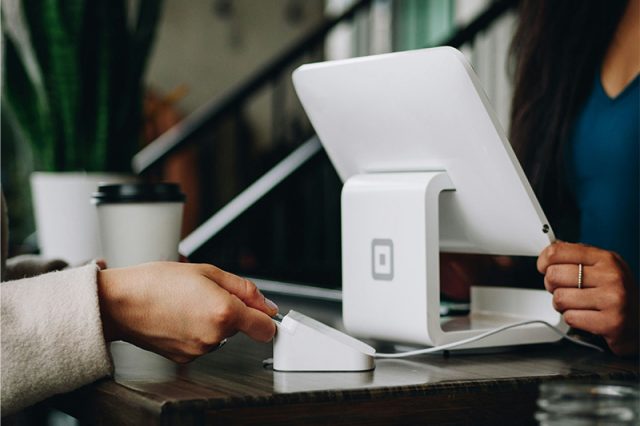A viral post on X, formerly Twitter, showing a virtual cashier in a New York City restaurant phoning all the way from the Philippines has opened a conversation on “exploitation.”
X User @thatguybg’s post garnered over 41,000 likes and 18.9 million views as of writing.
this is insane
cashier is literally zooming into nyc from the philippines pic.twitter.com/opAyS8AYUs
— brett goldstein (@thatguybg) April 6, 2024
Virtual cashiers trend
For the food service industry, some restaurants are using virtual cashiers to ring up customers.
“Instead of a friendly clerk standing behind the counter, asking if guests found everything to their liking, there was a face on a screen asking them that same question from a different country, thousands of miles away,” NPR described virtual cashiers.
Hiring of so-called virtual cashiers is also being practiced in New York City wherein restaurants are outsourcing staff from the Philippines.
Virtual-assistant company Happy Cashier came up with an idea to source front-facing virtual service workers, supplying virtual workers in some Asian restaurants in New York City.
To some Filipinos, however, the concept evokes feelings of “dystopia”.
“There is a movie called ‘Sleep Dealer’ that is about this exact dystopia, where workers in Mexico are paid poverty wages to operate robots in the US but can’t cross the border themselves,” shared one X (formerly Twitter) user.
Brett Goldstein, who shared the restaurant encounter on X, viewed this more as a thrilling concept to explore, as someone who works in tech.
“I had this aha feeling of ‘Okay, this makes a lot of sense,’” he told Yahoo! News.
Wage talk
In the comment section, on the other hand, some discussed the conditions that allowed this setup to begin with, both in the United States in the Philippines.
“Kind of a no-brainer when you can pay this virtual worker $5 per hour vs $20 for a local and this virtual worker is more grateful for the job while also treating the customer with more respect,” replied another American online user.
New York City’s minimum wage is currently at $16 or P905 per hour while Metro Manila’s per day rate is at P610 or roughly $10.
Some Filipinos did not welcome the normalization of “exploitative” practice on this topic.
“I can’t believe I’m seeing so many Filipinos so giddy to defend this. So I guess Ayala and SM can just stop hiring cashiers in the city and start automating cashiers and outsource them from faraway provinces, just like this one,” wrote a Filipino X user.
However, some Filipinos with firsthand experience in freelance work argued that this “exploitation” is more nuanced than it appears to be.
New York Times reported that the “Happy Cashier model is legal and minimum wage laws extend only to workers ‘who are physically present within the state’s geographical limits,'” according to a spokesman for the New York State Department of Labor.
Meanwhile, more than 1.3 million Filipinos work freelance online according to a 2022 report.
Freelancing lifestyle has grown even more during the COVID-19 pandemic, with its appeal relying on flexible hours, remote setup and relatively higher pay.
Like any other job, freelancing for international clients is not without its downsides.
A non-profit organization reported instances of employers giving unrelated, menial work to virtual assistants, or bailing on them altogether without pay.
The offshore staffing, however, is being practiced as it “can provide the skills you need at a fraction of the cost,” according to Outsource Accelerator, a marketplace for outsourcing.




